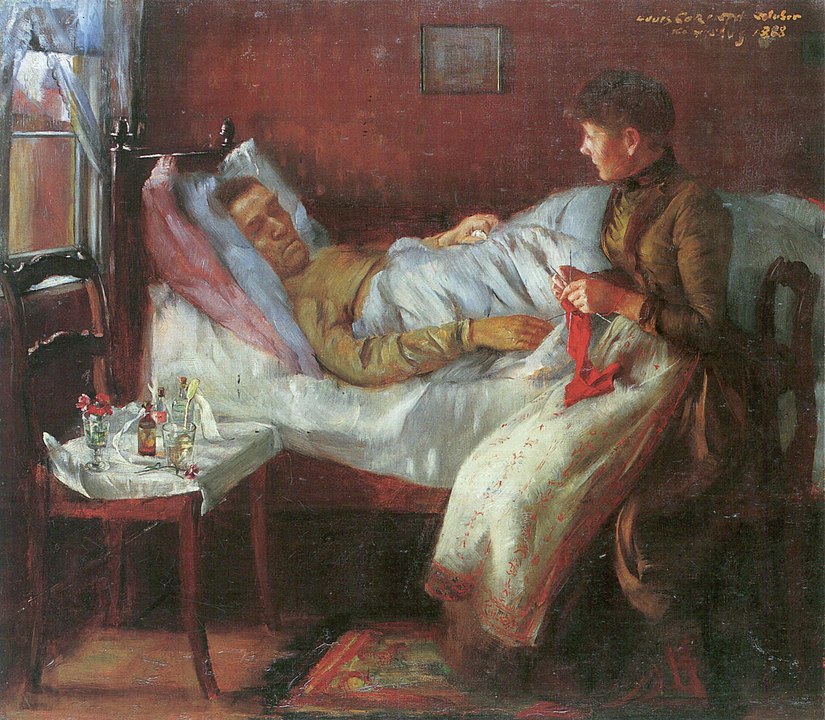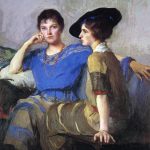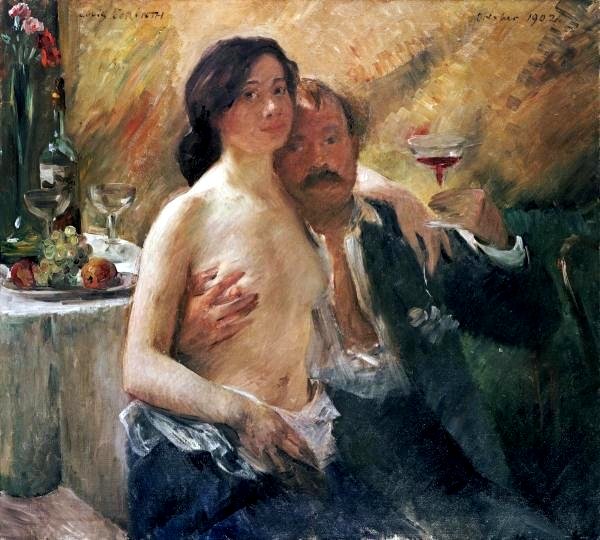
Lovis Corinth (1858–1925) was a German painter and printmaker associated with the Impressionist and Expressionist movements. He was known for his diverse body of work, ranging from landscapes and portraits to religious and historical scenes. Corinth played a significant role in the German art scene during the late 19th and early 20th centuries.
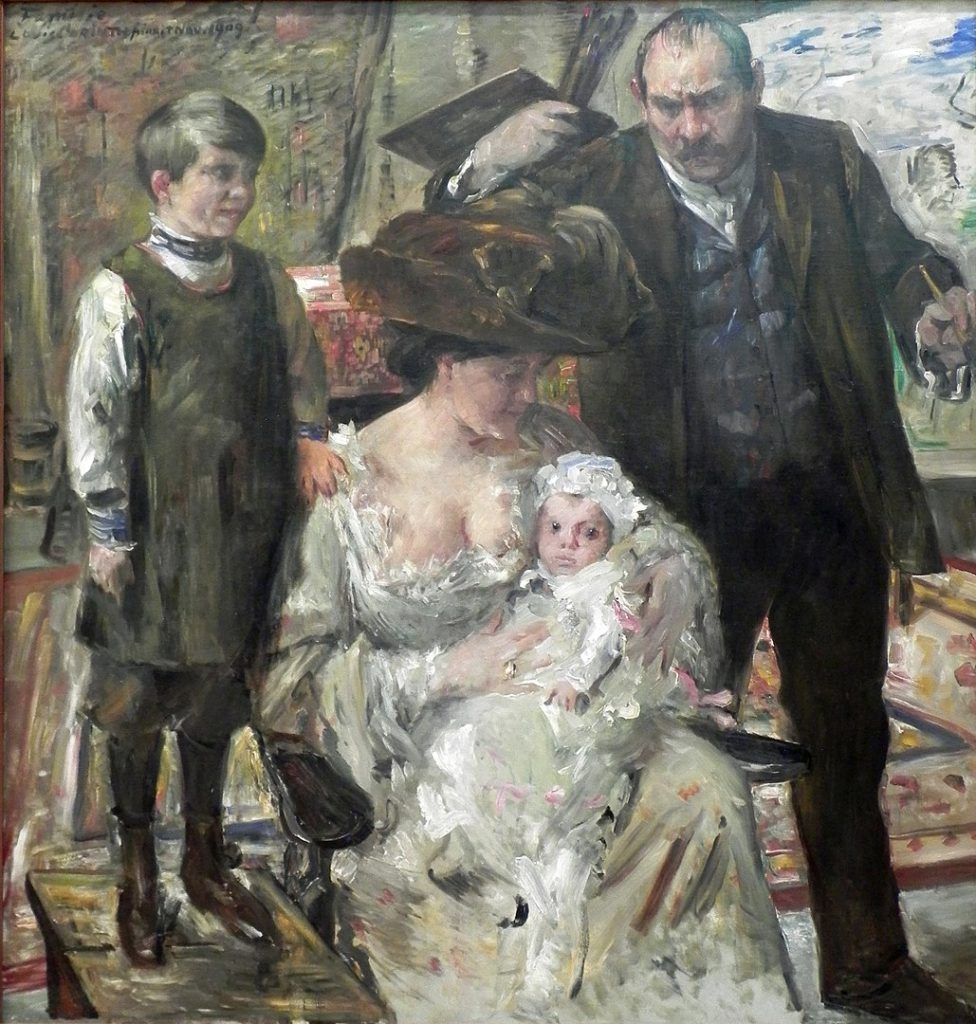
- Early Life and Education: Lovis Corinth was born on July 21, 1858, in Tapiau, East Prussia (now Gvardeysk, Russia). He initially studied at the Königsberg Art Academy and later continued his education in Munich at the Academy of Fine Arts.
- Impressionism: Corinth began his career as an Impressionist painter, and he was influenced by the work of French Impressionists such as Édouard Manet and Edgar Degas. His early works often featured scenes of everyday life, landscapes, and portraits rendered with loose brushstrokes and a focus on capturing the effects of light.
- Expressionism: As Corinth’s career progressed, he transitioned towards a more expressive and bold style, eventually aligning himself with the German Expressionist movement. His later works often featured vivid colors, dramatic brushwork, and a more emotionally charged atmosphere.
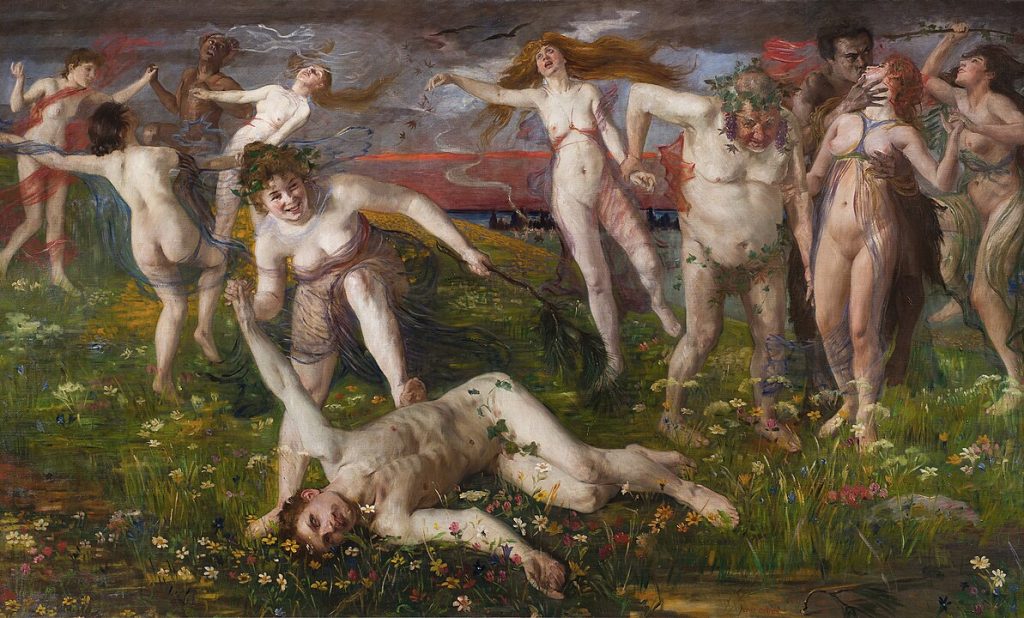
- Portraiture: Corinth was a skilled portraitist, and his portraits captured the personalities of his subjects with a mix of realism and psychological depth. He painted portraits of prominent figures of his time, including fellow artists, writers, and members of the German aristocracy.
- Religious and Historical Themes: Corinth also explored religious and historical subjects in his paintings. His works in these genres often reflected his interest in mythological themes, biblical narratives, and historical events.
- Health Challenges: In 1911, Corinth suffered a stroke that left him partially paralyzed. Despite this setback, he continued to paint using his left hand and produced some of his most powerful and emotionally charged works during this period.
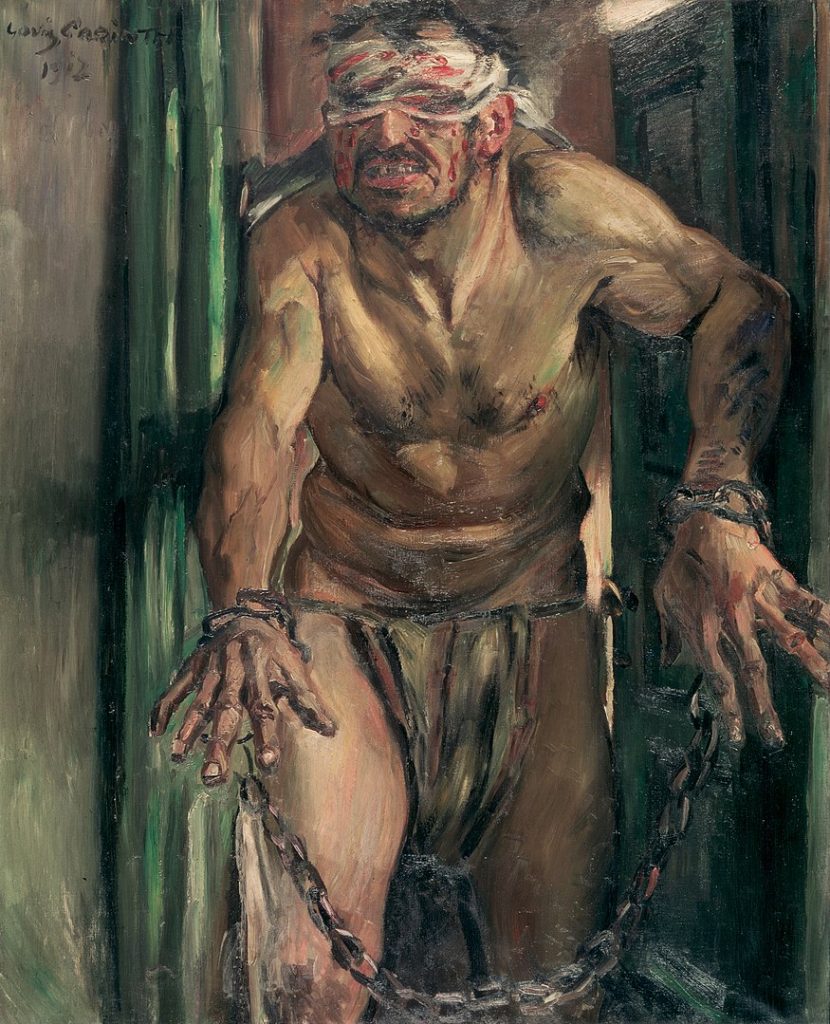
- Berlin Secession: Corinth was actively involved in the Berlin Secession, an association of artists that aimed to break away from traditional academic art and promote modern artistic movements. He served as the president of the Secession for a time.
- Legacy: Lovis Corinth’s work is recognized for its evolution from Impressionism to Expressionism and for the intensity of emotion conveyed in his later paintings. His contribution to German art, both as a painter and as a teacher, has left a lasting impact on the art world.
Lovis Corinth died on July 17, 1925, in Zandvoort, Netherlands. His legacy continues through his influential role in the development of German modern art, and his paintings are held in major museums and collections around the world.
